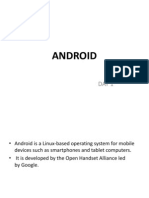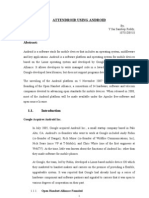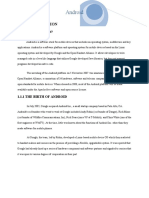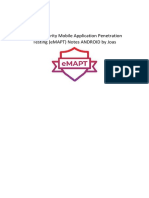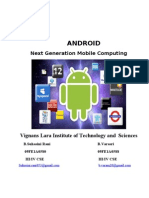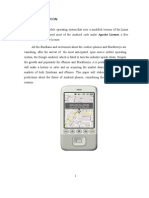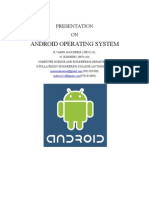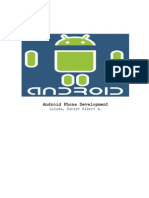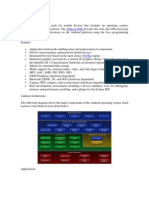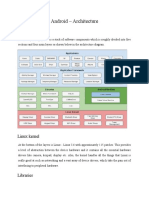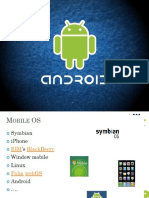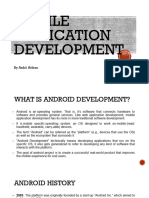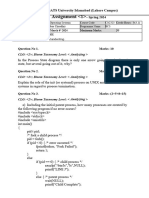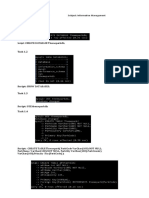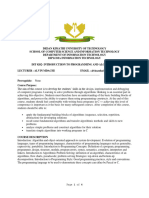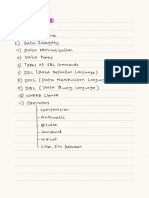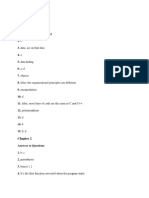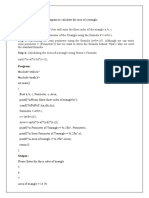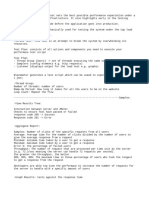0% found this document useful (0 votes)
98 views8 pagesA Seminar Report On Android: "Transforming Live, Inventing Future"
The document is a seminar report on Android that was submitted by Priyanka Kushwaha. It provides an overview of Android including what Android is, its features and architecture, the life cycle of an Android application, and why Android is the future. It describes Android as an open source software stack for mobile devices that includes an operating system, middleware, and key applications built using the Java programming language. It outlines the major components of the Android architecture including applications, application framework, libraries, Android runtime, and the Linux kernel.
Uploaded by
priyankaCopyright
© Attribution Non-Commercial (BY-NC)
We take content rights seriously. If you suspect this is your content, claim it here.
Available Formats
Download as DOC, PDF, TXT or read online on Scribd
0% found this document useful (0 votes)
98 views8 pagesA Seminar Report On Android: "Transforming Live, Inventing Future"
The document is a seminar report on Android that was submitted by Priyanka Kushwaha. It provides an overview of Android including what Android is, its features and architecture, the life cycle of an Android application, and why Android is the future. It describes Android as an open source software stack for mobile devices that includes an operating system, middleware, and key applications built using the Java programming language. It outlines the major components of the Android architecture including applications, application framework, libraries, Android runtime, and the Linux kernel.
Uploaded by
priyankaCopyright
© Attribution Non-Commercial (BY-NC)
We take content rights seriously. If you suspect this is your content, claim it here.
Available Formats
Download as DOC, PDF, TXT or read online on Scribd
/ 8



